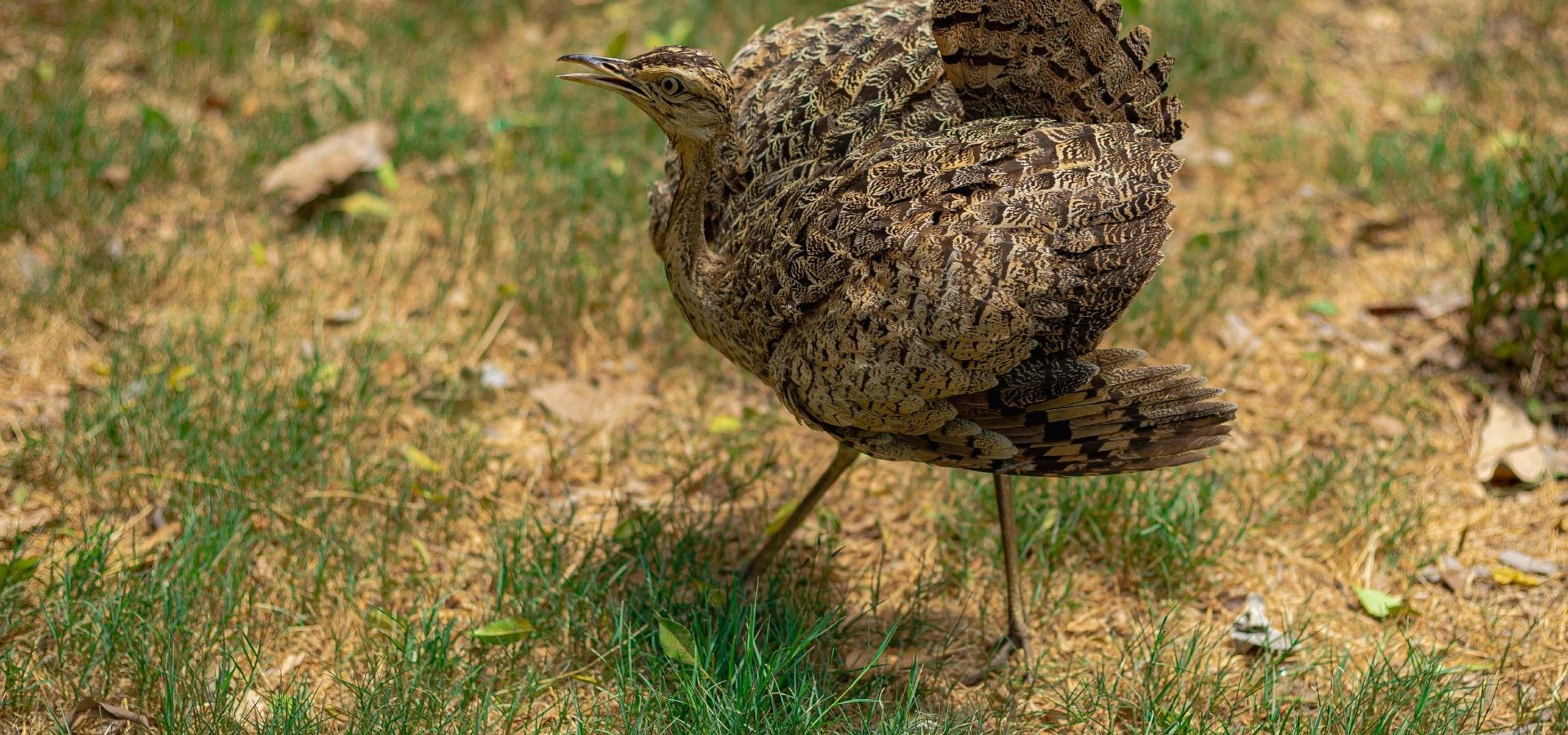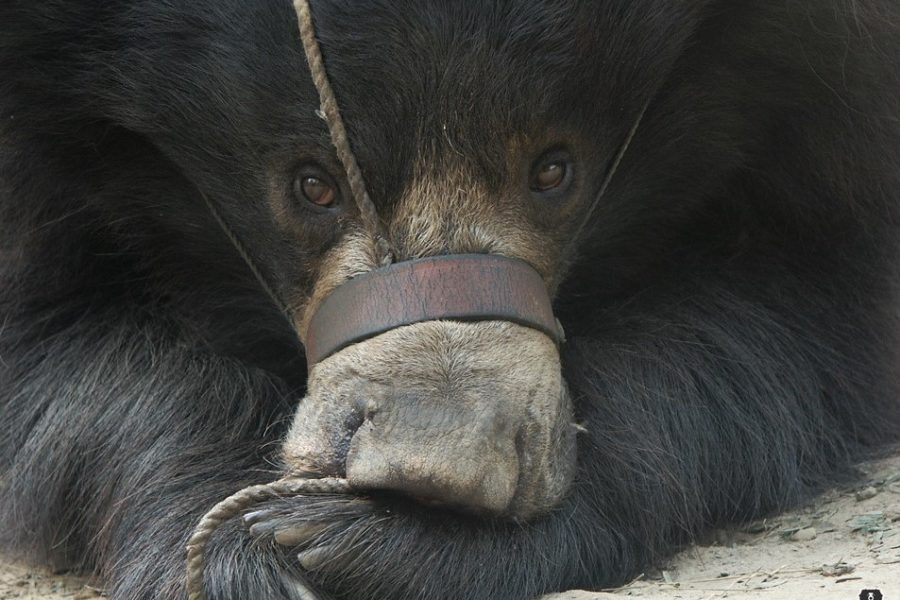India, with its variegated geological and geographical features, consists of breathtaking landscapes and terrains, all of which have contributed to an opulent mosaic of biomes. American plant ecologist Robert Harding Whittaker classified biomes based on meteorological factors namely, precipitation and temperature. Today, terrestrial biomes are shaped by its soil, vegetation, climate and wildlife, and have four broad classifications namely forest, desert, grassland and tundra.
Grasslands dominate a considerable portion of India and are found mostly in the central and north-eastern parts of the country. Unfortunately, grasslands have a certain ill-reputation – they are wrongly perceived and classified as wastelands due to their lifeless appearance. But we have all the reasons to believe they are not, since these tropical vegetation are repositories of life.
Why Savannas Are Important
Grasslands are majorly divided into two types – tropical and temperate. While tropical grasslands are called savannas, temperate grasslands are further subdivided into two categories, namely prairies and steppes. Savannas are found closer to the equator and can have a few scattered trees. They cover almost half of continental Africa, as well as areas of India, Australia and South America. Grasslands receive less rainfall than forests, but enough to not fall in the category of deserts.
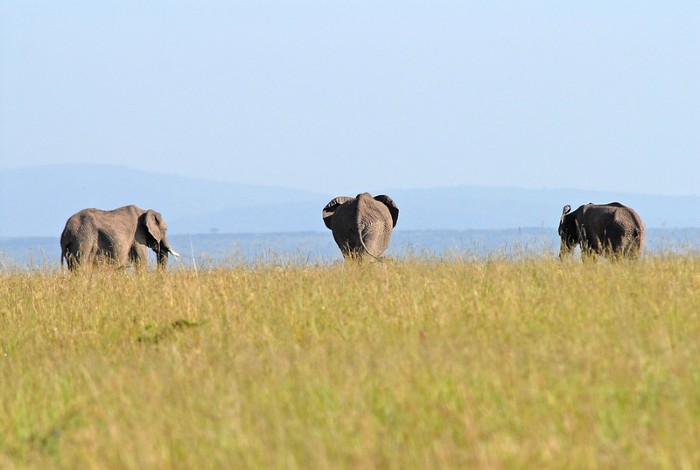
Despite the misconception about grasslands, these ecosystems are rich in biodiversity. Indian savannas are home to a number of fauna, including over 270 bird species, mammals and reptiles.
The Terai-Duar savanna and grasslands ecoregion, for instance, is characterised by the tropical and subtropical grasslands, savannas and shrublands biome. This ecoregion is located at the base of the Himalayas and runs through India, Nepal and Bhutan. In India, we can find these types of vegetation in Uttarakhand, Uttar Pradesh, Bihar, West Bengal and Assam in a west-east direction as well. This region is colloquially called Terai in the Ganga basin east of Nepal and Dooars in West Bengal, Bhutan and Assam (hence the name Terai-Duar), and harbours the world’s tallest grasslands.
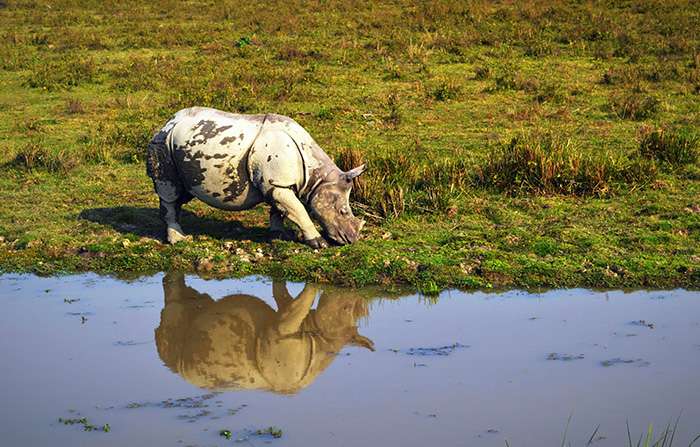
Savannas form a complex ecosystem with a healthy population of insects such as beetles, bees and other crop pollinators. Hence, any disturbance to the savannas will hinder the insects’ ecological functions and consequently hamper crop yield. As a direct benefit for humans, savannas provide fodder for domestic cattle. Ecologically significant, they also provide valuable ecosystem services which are intangible, like increasing ground water level and prevention of soil erosion.
Hesaraghatta grassland near Bangalore, for instance, acts as the catchment area for Hesaraghatta Lake. Playing the role of organic sponges, these grasslands absorb rainwater and release it slowly into the lake. Any disturbance to these grasslands would harm rejuvenation of the Arkavathi river basin and the Hesaraghatta Lake.
Grassland Diversity
In western India’s Saswad, 35 km from Pune, savannas dot the landscape and if you look closely in the grasses, you will witness a flurry of activities. Behind these grasses are hidden a rich biodiversity where one can spot birds such as the enigmatic Lesser Florican, Painted Francolin, Chestnut-bellied Sandgrouse, Grey Francolin, Montagu’s Harrier and Lesser Kestrel. The Kestrel is a small falcon species which arrives here as a migrant from southern Africa.
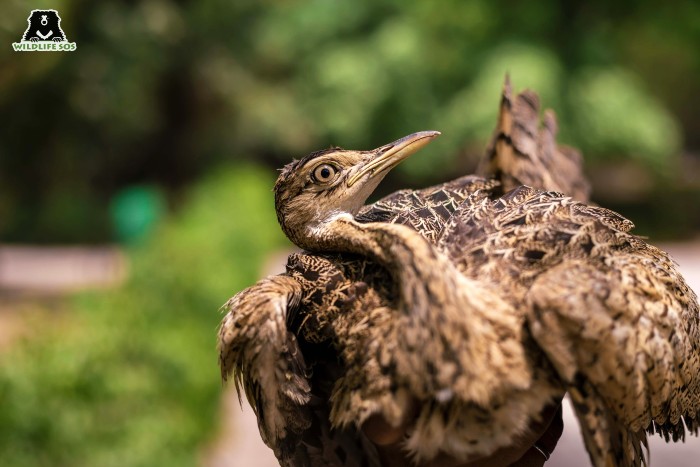
The Lesser Florican is a characteristic bird of grasslands and endemic to India. Belonging to the Bustard family, it is the smallest of all the species and found in the states of Rajasthan, Gujarat, Madhya Pradesh, parts of Andhra Pradesh, Maharashtra and Karnataka. The bird is currently listed as Critically Endangered on the IUCN Red List; between 2000 and 2018, the population of males has declined from 1,765 to about 730 mature individuals – a nearly 80% fall.
The Chinkara (also known as Indian Gazelle) is another remarkable attraction of the grasslands and is said to be thriving in the grasslands of Pune due to low predators and abundant food. Some of the other mammals found here include the Indian Fox, Leopard, Golden Jackal, Indian Mongoose and civets.
Meanwhile north-eastern India’s Assam is home to the Greater One-horned or Indian Rhino, which is the largest of all rhino species. It is found in the alluvial Terai-Duar savanna grasslands and riverine forests, concentrated mainly in the Brahmaputra valley of Assam. Currently, out of the current global population of 3,700 Indian rhinos, almost 2,700 individuals are found in India. Assam tops the list with 2,544 rhinos, followed by West Bengal with 135.
An Age Old Misconception
As per a media report, a survey by National Geographic found out that about a quarter of Earth’s land is covered with grasslands. One of the most serious threats endangering savannas is conversion of these habitats into agricultural fields or farms. Pune’s grasslands turn into a sanctuary for winter migratory birds such as Montagu’s Harrier, Pallid Harrier and European Roller; not to forget the native Lesser Florican. But conversion of these so-called ‘wastelands’ will only mean endangering the habitat of many animals, including these birds.
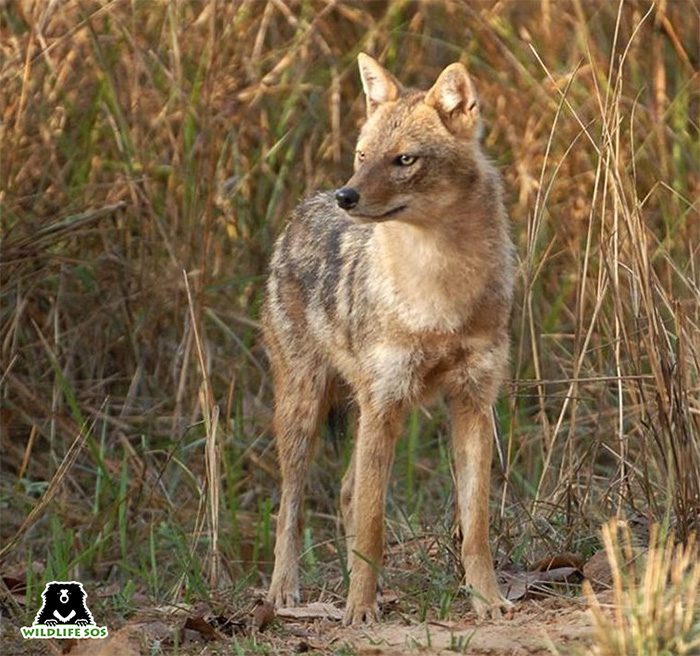
Ecologists and scientists strongly opine that savannas are not wastelands, as opposed to the Department of Land Resources under the Ministry of Rural Development in India. According to one report, the ministry estimates approximately 68.35 million hectares of land in the country are wastelands and that 50% of these are in non-forest lands, such as savannas. Grasslands form a part of open natural ecosystems and due to the notion that they are not forested and remain uncultivated, they are assumed to be unproductive.
Independent researcher M D Madhusudhan informs in a report that Indian savannas become scapegoats to set up solar and wind energy projects, and afforestation drives in order to showcase efforts mitigating climate change. However, these practices are rather harmful to grassland ecosystems which perhaps have never been forested areas previously.
Grasslands, too, have reported high endemism (the persistent presence of particular species). A study reports Indian savannas registering 206 endemic plants spread across 47 families, with 201 angiosperms and five gymnosperms. The relatively low number of studies done on savannas has also contributed to their misconstrued reputation. Scientists suggest that more studies will only lead to more discoveries. One lesson that can be learnt from the savanna tales is that no natural land can ever be termed a wasteland, and it is high time we hold grasslands in the same regard as other important biomes.

